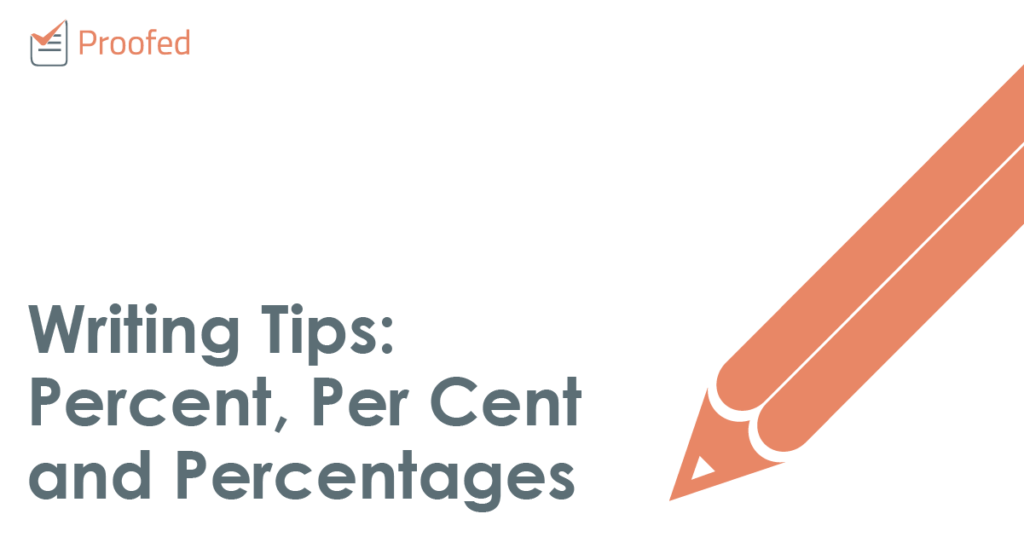We’ve been told that putting 110% into anything is mathematically impossible. But we’re proofreaders, not mathematicians! As such, we’re not going to let math get in the way of putting everything we have into solving your writing problems. Today, for example, we’re looking at writing percentages.
Words and Numbers
As with any numbers, percentages can be written as either words or numbers:
Words: Around nine percent of people dislike coffee.
Numbers: Approximately 91% of people like coffee.
The examples above reflect three important guidelines when writing percentages:
- Numbers up to ten are usually written as words, while larger numbers are written as numerals
- When a percentage is written as a word, it should be followed by “percent”
- When a percentage is written as a numeral, it should be followed by the “%” sign
However, this can vary depending on the context (e.g., measurements in scientific writing are almost always written as numerals, even for numbers under ten). It’s therefore a good idea to check your style guide for advice on how to write percentages.
Percent vs. Per Cent
The question we’re asked most often about writing percentages is whether to use “percent” or “per cent.” Ultimately, though, this doesn’t really matter: both are accepted spellings of this term.
Find this useful?
Subscribe to our newsletter and get writing tips from our editors straight to your inbox.
Again, we recommend checking your style guide if you have one, as some publishers and colleges have a preference. And “percent” is much more common these days than “per cent.” But other than that, the main thing is picking one spelling and using it consistently throughout your work.
When to Use “Percentage”
Finally, we have the word “percentage.” Although similar to “percent,” this word has a slightly different usage: “Percent” is used with specific numbers, while “percentage” is used when referring to a general or non-specific amount of something. For example:
A small percentage of the forms were coffee stained.
Almost seven percent of the forms were coffee stained.
As shown above, you should use “percentage” when the exact amount is unspecified.
